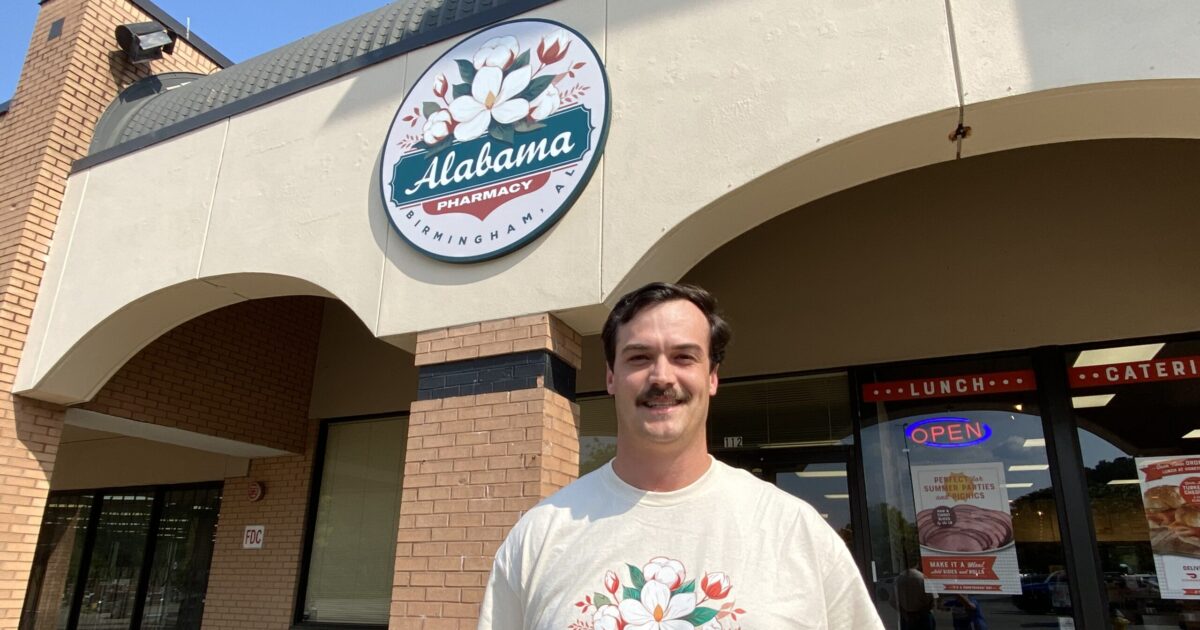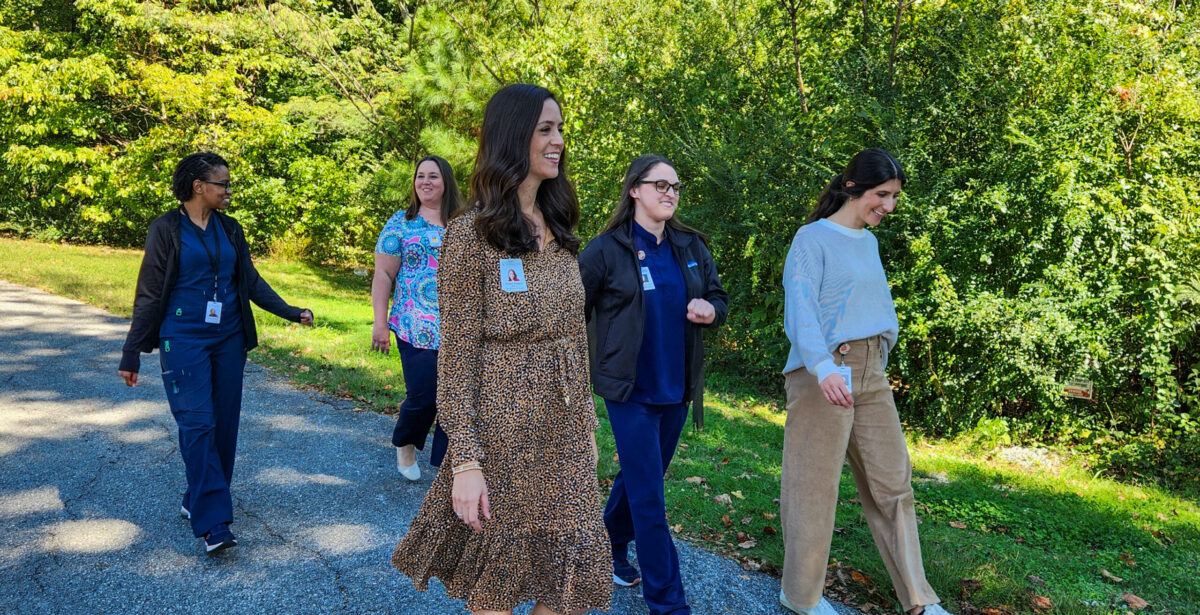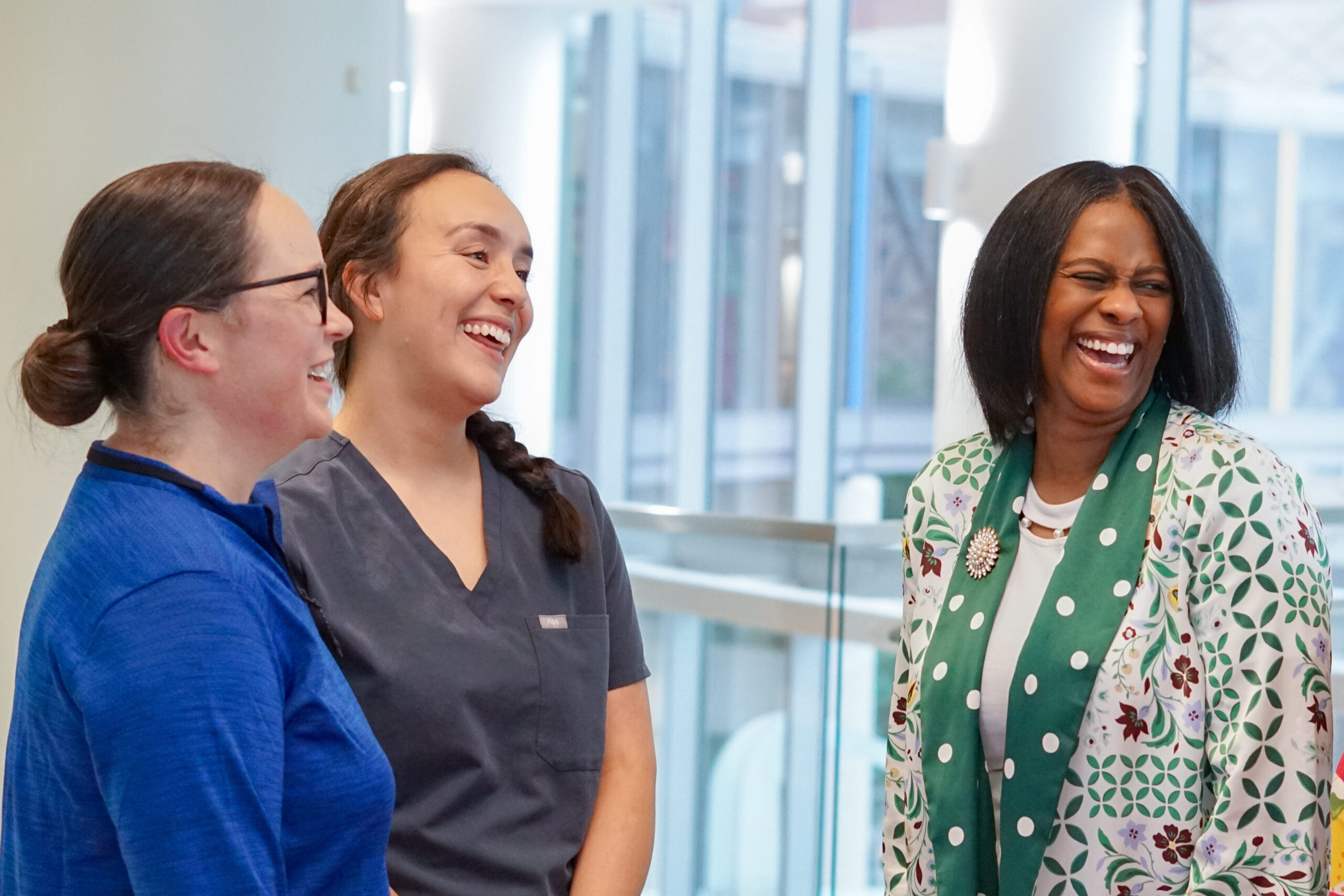UAB’s plasma therapy trials —why they matter + how to help
Reading time: 5 minutes

Two months after Alabama’s first COVID-19 case was diagnosed, doctors now have a menu of four treatment options. UAB is involved in clinical trials for two of the options, including convalescent plasma therapy. Keep reading to find out what this is and how you can help.
1. Doctors are currently working with a mix-and-match combo of four treatment options for COVID-19 patients

According to the Washington Post, doctors are using these four treatment options both alone and together to help patients survive COVID-19:
- Plasma from the blood of survivors contains antibodies that may help neutralize the virus
- Immunosuppressant medications, normally used in people with autoimmune disorders, may help in cases where the immune system goes into overdrive trying to fight the virus
- Anticoagulants, commonly known as blood thinners, that decrease the risk of blood clots caused by the virus
- Remdesivir, the antiviral partially developed at UAB that has recently been approved for emergency use by the FDA
Each option needs further clinical trials to determine effectiveness and safety. Anecdotal evidence and early clinical trials (as in the case of Remdesivir) are showing positive results.
2. UAB + the Mayo Clinic are conducting a clinical trial to test whether antibodies from COVID-19 survivors can help people with the disease

In a mid-April interview UAB’s Dr. Michael Saag gave on C-SPAN , he talked about donating his plasma for research. This was the first time I had heard about doctors and researchers working with the plasma of people who’ve been infected in the search for a treatment.
Since the plasma is filled with antibodies the person’s body created to fend off the virus, theoretically those antibodies could help someone else’s body get a head start on fighting the virus as well.
Matt Windsor of UAB explained it like this:
“People who fight off COVID-19 carry a powerful memento in their blood: antibodies that are primed to wipe out the disease. By lending these trained immune soldiers to other patients, survivors might be able to knock out three cases of COVID for the price of one.”
UAB is collaborating with the Mayo Clinic on a clinical trial to test that theory. So far, they’ve treated three patients with convalescent plasma, according to Sonya Heath, M.D., professor of medicine in UAB’s Division of Infectious Diseases. She’s also UAB’s principal investigator on this and two other plasma therapy trials.
3. Patients could benefit within 72 hours

Hospitalized patients who are not getting better on their own could be candidates for the trial. Researchers will be looking for benefits within the first 72 hours of the infusion. This type of therapy has been used effectively with SARS, H1N1 and MERS, according to UAB. And, there’s evidence that some adults in China benefited from infusions of convalescent plasma without severe side effects.
4. Everyone in UAB’s trial gets plasma

Often, when people enroll in a clinical trial, it’s a toss-up whether they’ll get the treatment or a placebo.
“Everyone who enrolls gets plasma, and we are using this to treat patients with COVID-19 who are hospitalized on the floor or in ICU.
By contributing the clinical outcomes of all these patients along with other hospitals, we will be able to identify any benefit from this treatment, as well as any potential side effects, more quickly. Hopefully that will help us in the summer and fall, and next winter, be more specific with the way we use this potential treatment.”
Sonya Heath, M.D.
5. How you can help

UAB needs additional plasma from people who meet very specific criteria:
- Need a confirmed COVID-19 diagnosis
- Must be 28 days symptom-free
If you’ve recovered from COVID-19 and would like to donate, call UAB at 205-996-4099. They’ll take your name and number and have a team member call you back, determine if you’re eligible to donate blood and evaluate your antibody response.
6. Convalescent plasma has a long and safe history
If you or someone you know has an autoimmune disorder, you may already be familiar with intravenous immunoglobulin. Or not. Either way, it’s been used for a long time in this context. What is new, according to Dr. Heath, is using immunoglobulin from someone who’s recovered from COVID-19 in order to jump-start the healing process.
7. But wait, there’s more, including prevention

The beautiful thing about being a researcher is that when there’s a big problem to solve, you get to tackle it from multiple angles. That said, Heath is collaborating with Johns Hopkins University on two other convalescent plasma therapy studies.
“One is treatment of outpatients with COVID-19, and the other is trying to prevent COVID-19 in people who have been exposed. . .post-exposure prophylaxis . . . means you’ve been exposed to someone with COVID-19 for a long period of time—someone in your house, for example, and you haven’t been wearing a mask and are susceptible to getting COVID. We would treat you with the plasma in the hope this would prevent you from developing the symptoms related to COVID infection.”
Sonya Heath, M.D.
UAB is hoping to enroll participants in both 12-16 month studies quickly.



